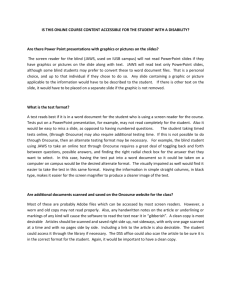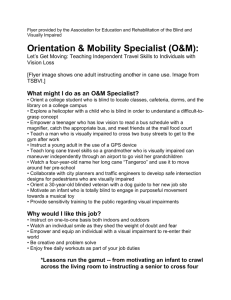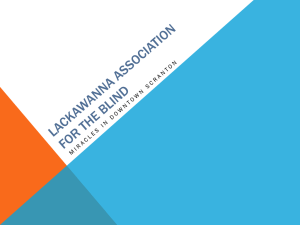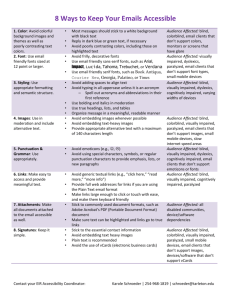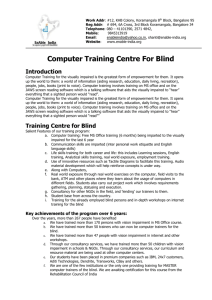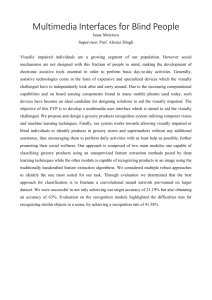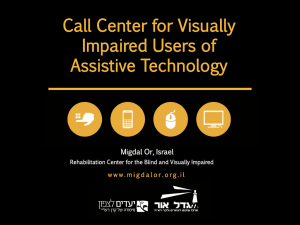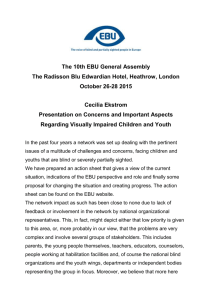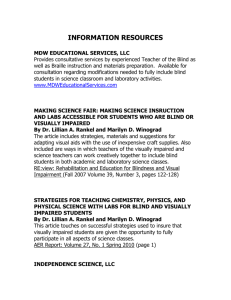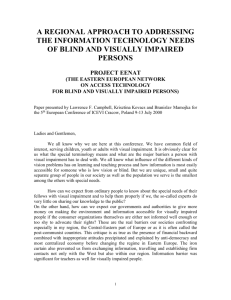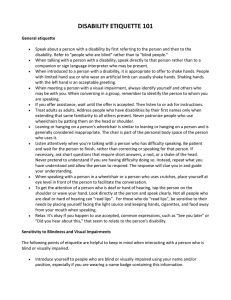A BUILDING PROJECT
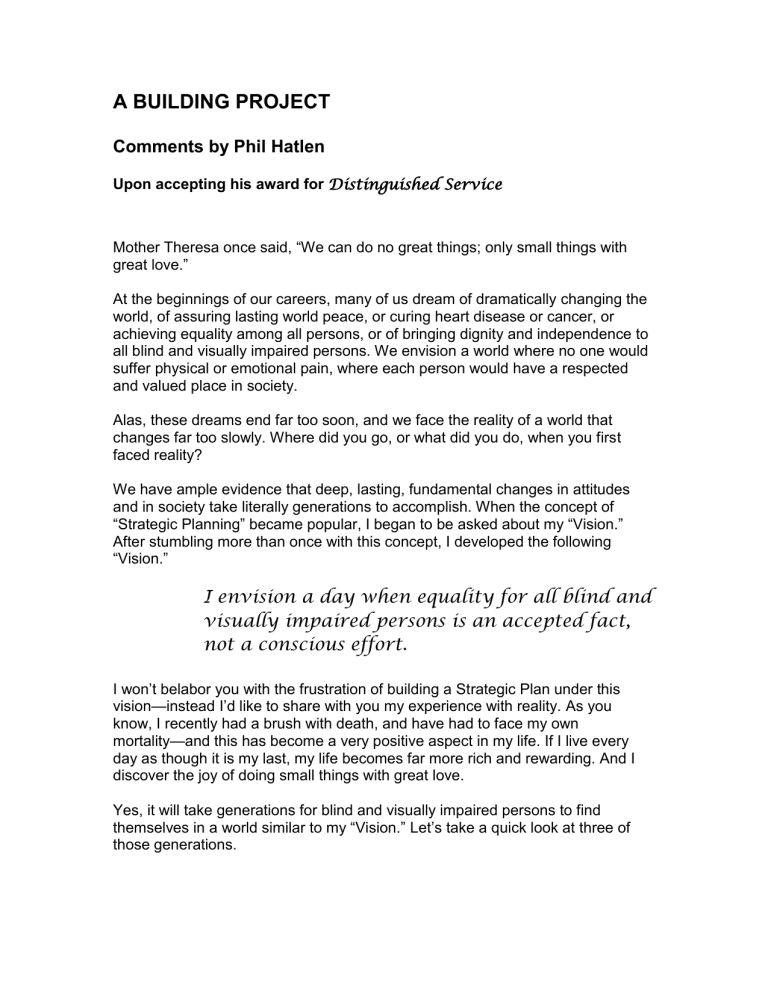
A BUILDING PROJECT
Comments by Phil Hatlen
Upon accepting his award for
Distinguished Service
Mother Theresa once said, “We can do no great things; only small things with great love.”
At the beginnings of our careers, many of us dream of dramatically changing the world, of assuring lasting world peace, or curing heart disease or cancer, or achieving equality among all persons, or of bringing dignity and independence to all blind and visually impaired persons. We envision a world where no one would suffer physical or emotional pain, where each person would have a respected and valued place in society.
Alas, these dreams end far too soon, and we face the reality of a world that changes far too slowly. Where did you go, or what did you do, when you first faced reality?
We have ample evidence that deep, lasting, fundamental changes in attitudes and in society take literally generations to accomplish. When the concept of
“Strategic Planning” became popular, I began to be asked about my “Vision.”
After stumbling more than once with this concept, I developed the following
“Vision.”
I envision a day when equality for all blind and visually impaired persons is an accepted fact, not a conscious effort.
I won’t belabor you with the frustration of building a Strategic Plan under this vision —instead I’d like to share with you my experience with reality. As you know, I recently had a brush with death, and have had to face my own mortality —and this has become a very positive aspect in my life. If I live every day as though it is my last, my life becomes far more rich and rewarding. And I discover the joy of doing small things with great love.
Yes, it will take generations for blind and visually impaired persons to find themselves in a world similar to my “Vision.” Let’s take a quick look at three of those generations.
In the middle of the 20 th century, a generation of leaders emerged. Among them were Abel, Taylor, Barraga, and Lowenfeld. Undoubtedly, they shared the same vision as mine. And they brought the vision closer. They led us into an era of continuum of educational placements for blind and visually impaired students.
They were the leaders in curriculum adaptation, in services for children with low vision, in introducing orientation and mobility to children, and in developing new and exciting roles for schools for the blind. They professionalized us by developing personnel preparation programs and requiring high standards for teachers.
I consider myself a part of the next generation. Those in the previous generation were my mentors, and I have come to deeply respect and admire the manner in which they advanced my “Vision.” I have a picture on my desk, showing Berthold
Lowenfeld and me walking the Oregon coastline. I am in the foreground, Berthold in the distant background. That picture has a lot of symbolism for me, as I moved into my generation’s leadership role, with the blessings of all those mentors of mine. We can do small things with great love.
And, what of the 1960-2000 generation? How did they —actually, we—bring the vision closer? We perfected local school programs, re-defined residential schools, promoted the expanded core curriculum, developed the National
Agenda, entered a brave new world of multiple ways in which to prepare teachers, and promoted the effective use of technology.
I stand before you today, the next generation charged with moving forward my vision. What is it that you are called to do to advance the opportunities for equality for all blind and visually impaired persons? How will you respond to the challenge of doing small things with great love? I’ll be so bold as to suggest that some of your challenges for this next generation are:
1. Further refine the use of educational placements so that all children receive services appropriate to their needs. We must not continue to sacrifice literacy for inclusion.
2. Consider the solution for the unacceptably high rate of unemployment among blind persons. Acknowledge that education owns a part of the problem.
3. Aggressively address the issues of services to blind children, 0-5 and of parent education and advocacy.
4. Apply national best practices in education to every individual state.
5. Assure that every child and youth receive instruction in the expanded core curriculum.
6. Become more creative regarding the shortage of teachers and orientation and mobility specialists so that no child will be left behind.
7. Find a solution to the issue of excessive caseloads.
It’s my impression that we are entering into the third generation of passionate, committed professionals who agree with me that our vision is equality of blind and visually impaired persons in all aspects of life. Many, perhaps all of you, are a part of this third generation. Your privilege and challenge is to build on the accomplishments of the first two generations and take the vision a step higher.
Where did you go, or what did you do, when you faced reality? No, we don’t have to save the world, or make lasting contributions to society, or create a world of equality for blind and visually impaired persons. But we do need to be a part of the process by doing small things with great love.

